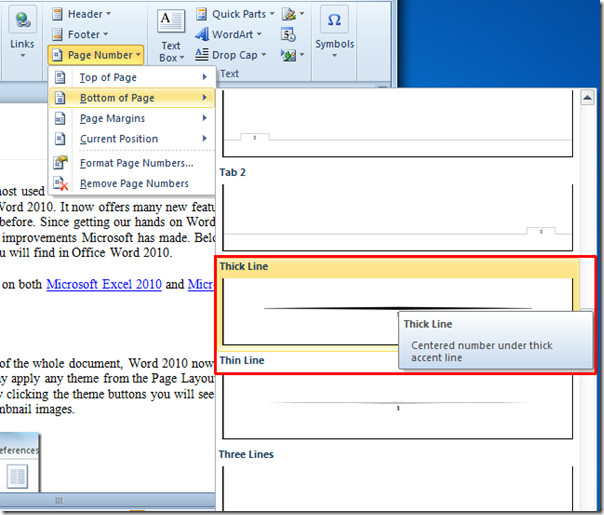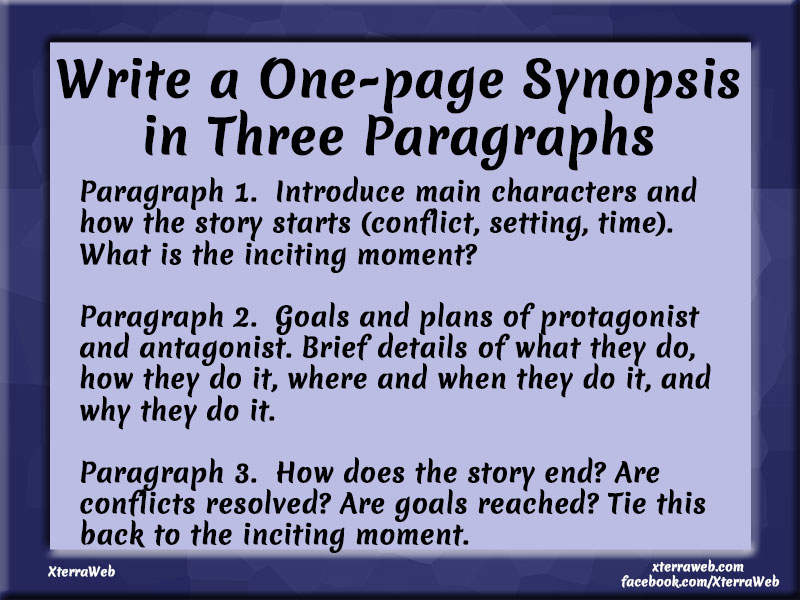

The \n 3-3 part drops the page numbering for just the level 3 items. The \l 3-3 part collects any TC field codes set to level 3 (here, the “In which … beast.” part) and maps them to TOC 3 paragraphs within the ToC. The \o “1-2” part collects outline levels 1 and 2 (usually by default, Heading 1 and Heading 2 paragraphs), and maps them to TOC 1 and TOC 2 styles within the table of contents.
#How to fix page numbers in word 2007 code
Assuming the “Chapter 3 …” part had been set as a Heading 2, you could edit a basic TOC field code to include switches like this:Ĭonsider how the switches in this field code will accomplish the task. To accomplish this, you could create a TC entry containing the “In which … beast.” text at the beginning of the paragraph following the “Chapter 3 … leviathan” heading within the text (say for this example, by choosing level 3 when you do the Alt-Shit-O). In which Ahab and his men row out into theīlack and surly waters to the mighty beast. For example, old books often included structures like this within a ToC:Ĭhapter 3. The other point to note is that the TC code method can be combined with others to include copy that isn’t even included within the main body. Moreover, the \t switch lets you build a ToC from any style name, and all 3 methods can be included in a single TOC field code. Word’s TOC field code can use switches to include content of >1 type at once, so you are not limited to either/or with heading levels and TC codes. it won’t show to be edited unless the setting has been selected within the View Options or if field code visibility is toggled on with Alt-F9). When you make it with the Alt-Shift-O method, the resulting TC field code is set as invisible text and the content is not automatically updated if the originally-selected content is ever changed. However, if you use the TC method, you will need to be careful if a heading is ever edited. Similarly, the TC code method is the only practical way to include lead-in lines from a paragraph within a ToC. The TC method is particularly useful when the headings within text don’t necessarily work as ToC lines: for example, a long heading may be inappropriate in the ToC, but could be abbreviated within the associated TC code. I wouldn’t agree that this is “the most common” way to control a ToC (after all, the default settings use the outline levels inherent in Word’s built-in Heading styles). The Alt-Shift-O method inserts a TC field code to be used by the TOC field code when a table of contents is generated.

For example, you could have a ToC for each of several appendices by including a TOC field code for each one with the \b switch limiting the range to just the contents of a given appendix. This method can be used to create multiple tables of contents. In your case, since your T&Cs are included at the end, your bookmark range should probably include just up to the first heading within the T&C section so it gets included in the table of contents. The results will now only include entries for heading levels 1 through 3 found within the bookmarked range.
#How to fix page numbers in word 2007 update
Toggle the view back and press F9 to update the TOC field.

It will end up looking something like this: Now edit the TOC field code (Alt-F9 toggles the display between the result and the code) to add the switch. For discussion, say I used the name “UseInToC”. Select the part of your document you wish to have included in the table of contents and assign a bookmark name (Insert > Links > Bookmark). This is particularly true in a multi-user environment, or if you want to maintain several quite distinctly different document layouts.Ĭlare: You can isolate the range of a table of contents by using the “\b BookmarkName” switch within the TOC field code. It is better practice to attach a custom template so you can be sure the style definitions are retained and can be archived with the document(s) associated with them. This will work, but it can create future problems if a different document based on Normal used different settings - and then you re-opened this one. Your instructions cause the TOC styles to be modified for the default template (Normal.dotx). Worse, subsequent levels based on TOC 3 will change as well.Ģ. For some obscure reason, the default is “on” - but with it turned on, any direct formatting change made by a user to an instance of that style will automatically change the style definition! So, if a user decided to make a given TOC 3 line italic, all TOC 3 lines will suddenly become italic. In the Modify Style dialog, be sure to turn off the “Automatically update” checkbox. However, there are two additional points I’d make:ġ. Your method is identical to modifying the TOC x styles with the Modify Style dialog - although I grant that accessing it through the ToC dialog may seem more intuitive.


 0 kommentar(er)
0 kommentar(er)
